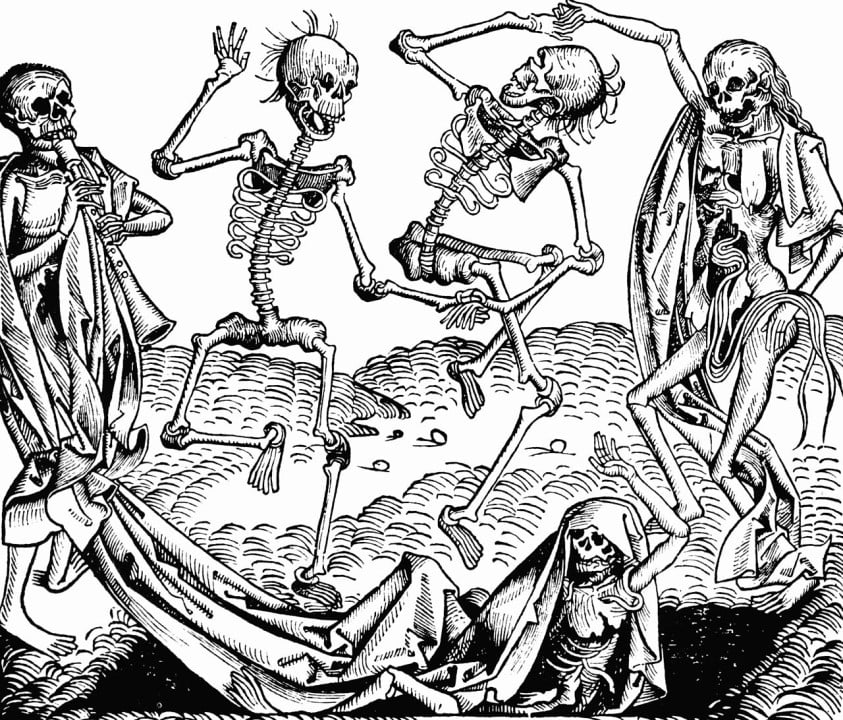The Black Death: A Pandemic Along the Silk Road
Following up on Food Economy: Historic Famines Across China, India, Ireland, Russia and the Ukraine, this week we’ll start a discuss on plagues, starting with the Black Death.
---
Roman physician Galen coined the term ‘plague’ to describe any quickly spreading fatal disease.
The Black Death was a bubonic plague which swept through the Middle East and Europe in the years 1346-1353 but it may have begun several decades earlier in the Qinghai Plateau of Central Asia. Its origin is disputed.
A bubonic plague, as opposed to pneumonic or septicemic, is a highly infectious disease spread by fleas that bite their hosts (usually rats and humans) and introduce the bacteria that cause the disease into their hosts’s bodies.
The term Black death" was not used to describe the pandemic in English until the 1750s. The plague killed anywhere between 30 and 50 percent of the population between 1347 to 1351 in Europe.
It took around four years to make its way along the Silk Road from the Steppes of Central Asia, via Crimea, to the Western most parts of Europe, the Middle East and North Africa. By autumn 1347, the plague had reached Alexandria in Egypt.
Scientists more recently discovered that a flea that lives on rats, Xenopsylla cheopis, primarily causes human cases of plague. When rodents die from the plague, fleas jump to a new host, biting them. Researchers thought that the plague was caused by a bacterium called Yersinia pestis, but y. pestis is still with us.
Common symptoms were the appearance of painful bubos—hence the name bubonic plague—in the groin, neck and armpits, which later secreted pus and blood. These were followed by acute fever and vomiting blood. Victims usually died between two and seven days after being infected. The death rate was 60–90 percent.
The plague continued to strike Europe, the Middle East and beyond for four centuries, returning every 10 to 20 years.
The Great Plague of London in 1665 was the last major outbreak in England, just before the Great Fire of London. The plague also seems to have disappeared from Spanish and Germanic lands after the 17th century.
Pandemics, by reducing the labor force and interrupting commerce, have profound social and economic effects from inequality, inflation, wages, and commerce.
Cheaper literature expanded literacy, transmitted new techniques and ideas more swiftly, and laid the groundwork for the Reformation. The gold and silver in circulation remained constant, so the same money chased far fewer goods, unleashing unprecedented inflation. In the still-dominant agricultural sector, landowners shifted from labor-intensive grain production to land-intensive grazing and forestry. The new abundance of meat and dairy products enriched European diets, and wool supplanted linen in European apparel.
---
Ready to invest in digital marketing for your business? Let's work together to create a plan designed around optimizing your business directory listings, while incorporating search engine optimization (SEO), content marketing, search engine marketing, lead generation and website design to ensure that your accounting practice is optimized to help you reach your goals.



